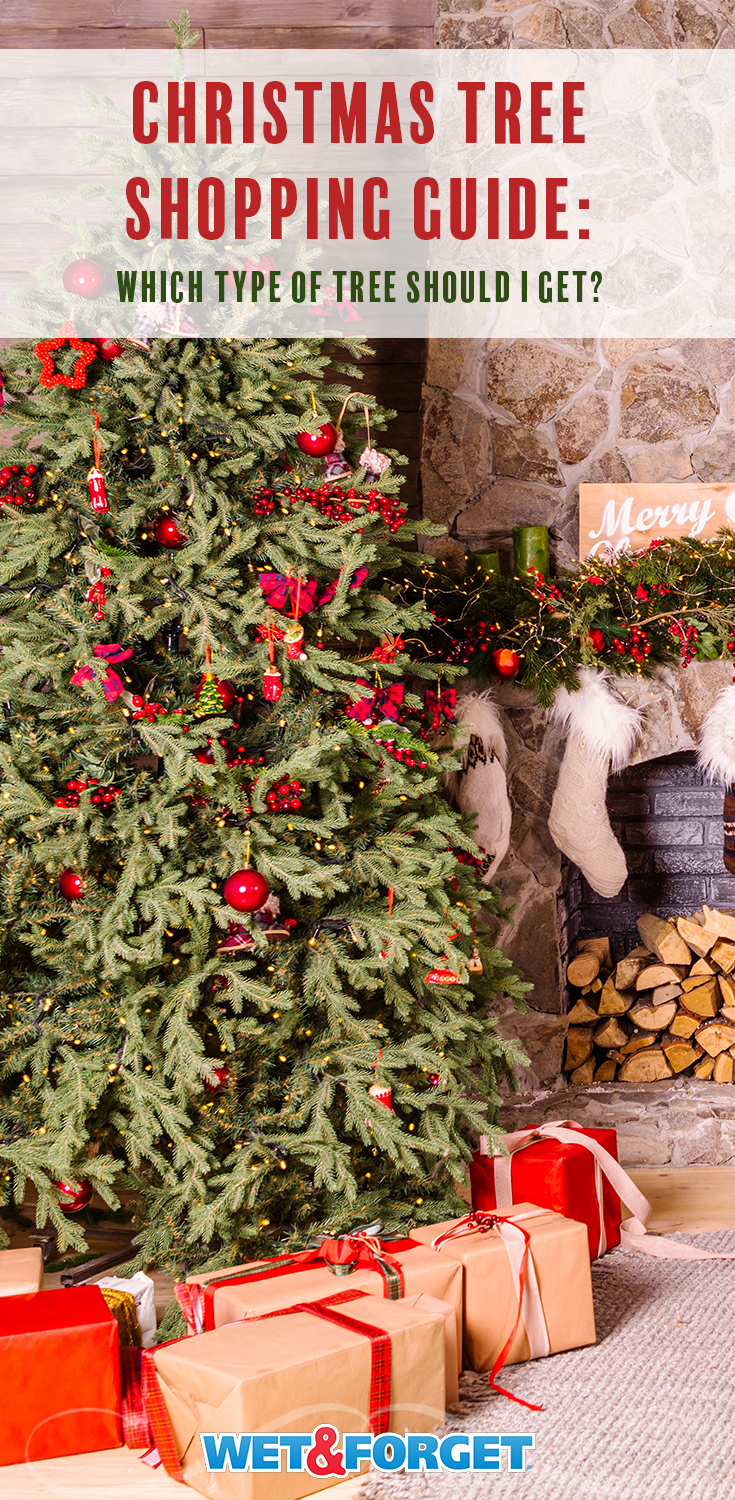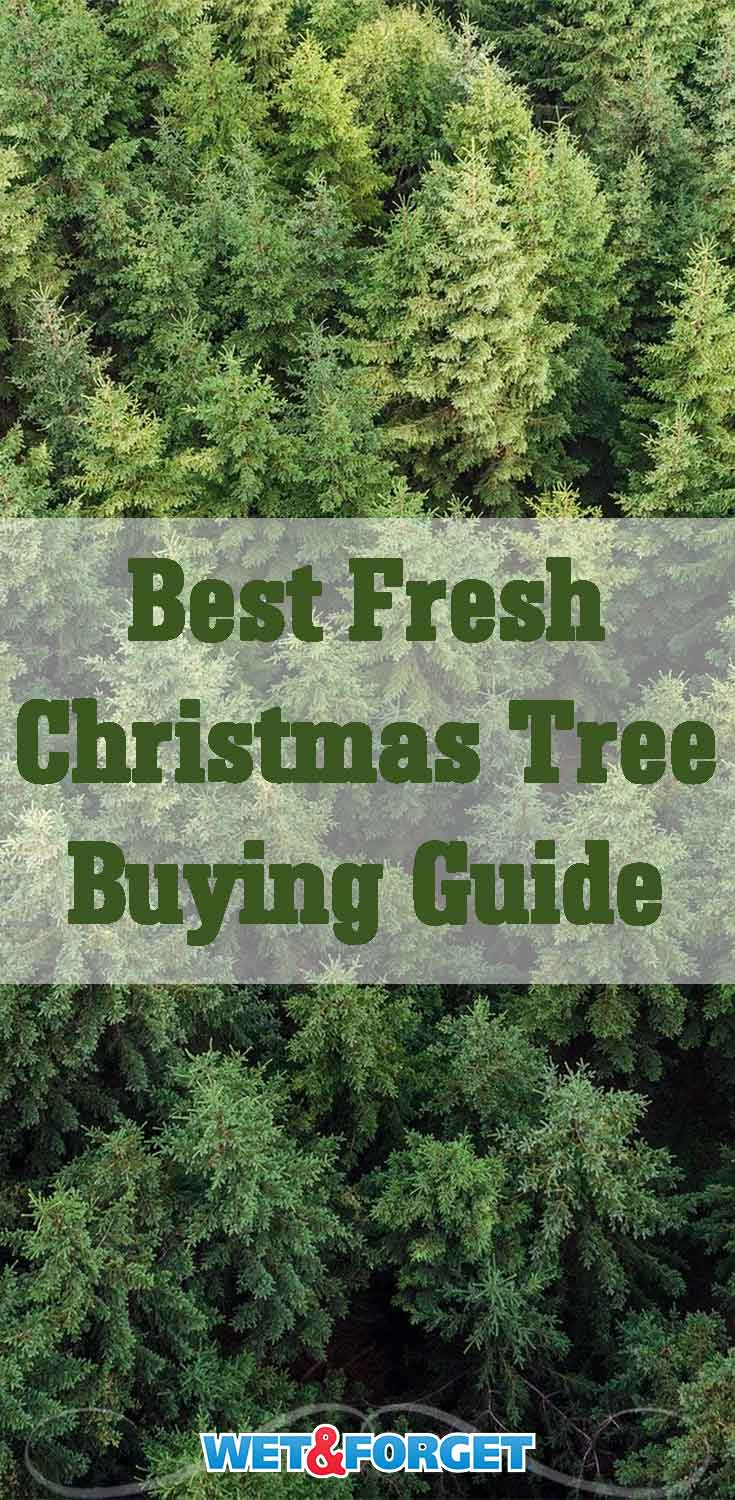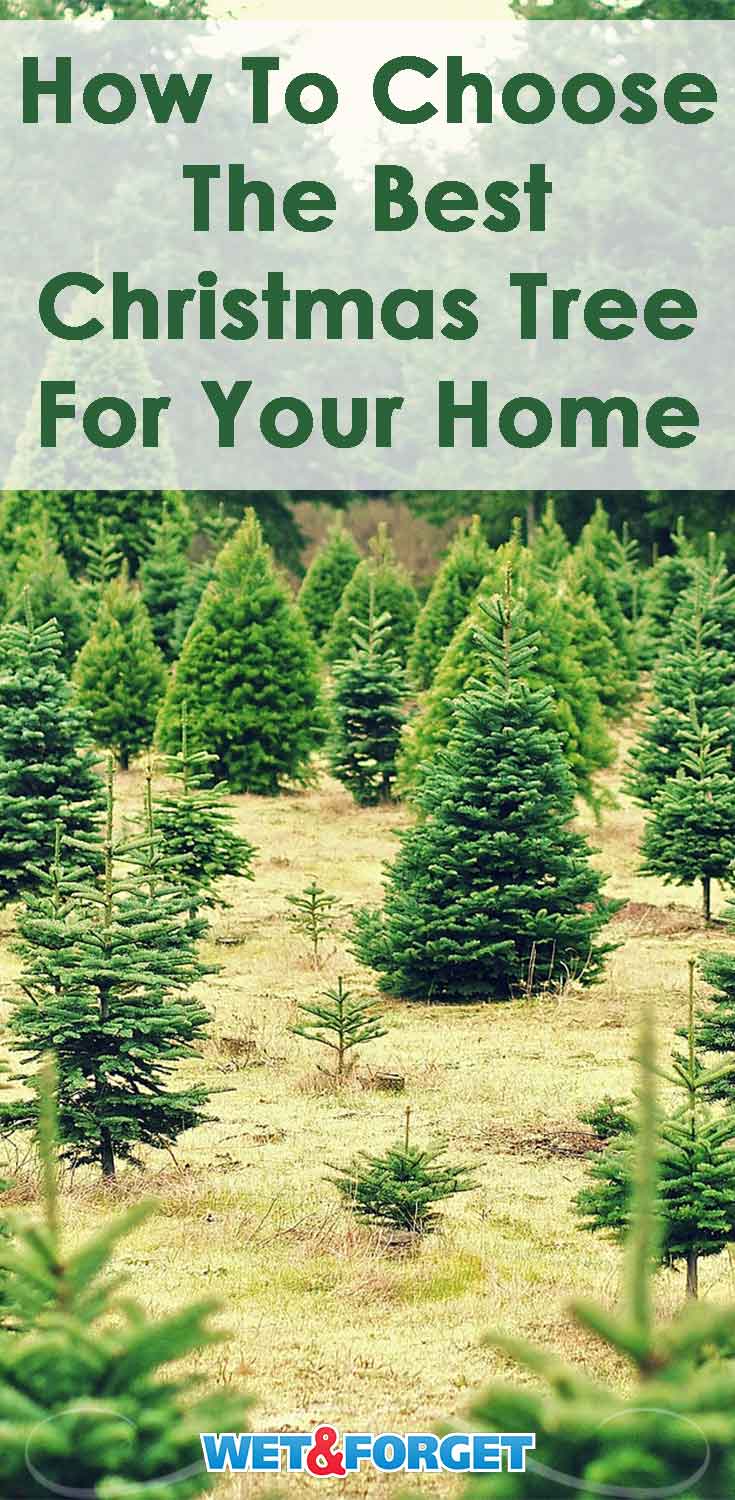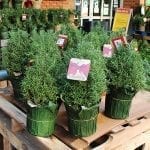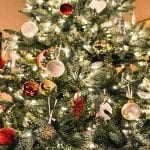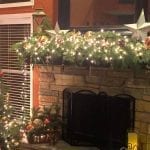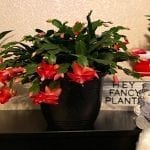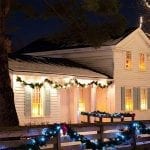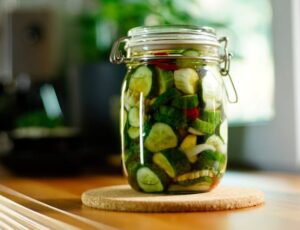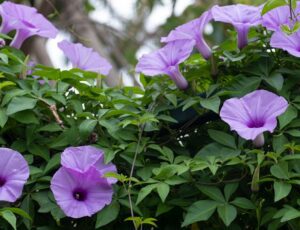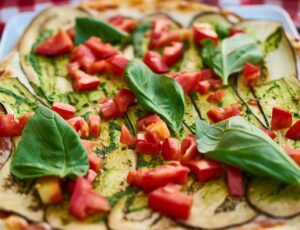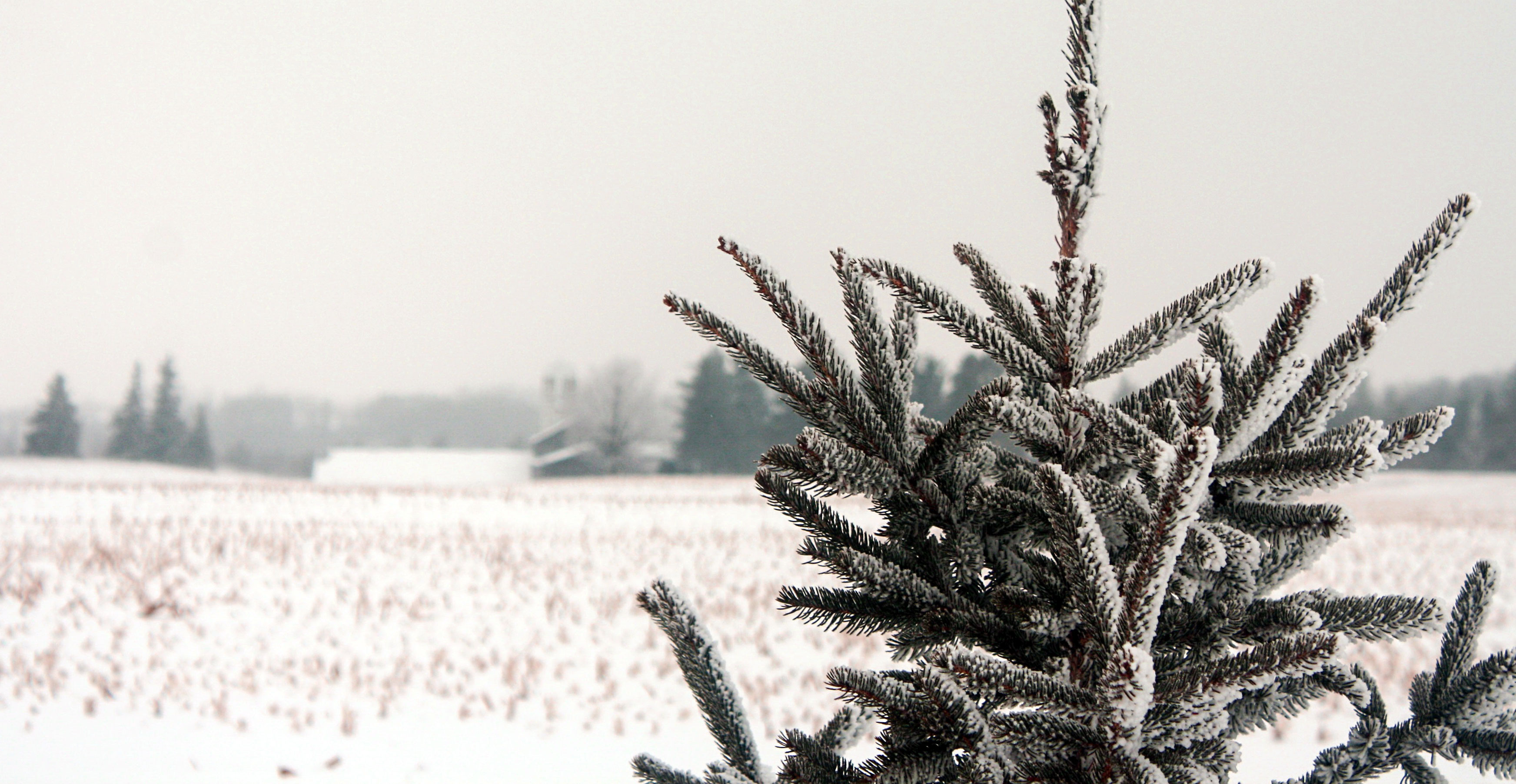
How to Choose the Best Christmas Tree for Your Home
When choosing a Christmas tree, most people reside in two camps. Those that insist on a real Christmas tree and those who prefer the convenience of an artificial evergreen.
If you are trying to decide between the two, here we’ll cover how to choose a Christmas tree that is right for you – whether your symbol of the Christmas season comes from a Christmas tree farm, big-box store, or Amazon.
Which fresh-cut Christmas tree is the best for my family?
The beauty and fragrance of a fresh-cut tree are unmatched. However, real trees require daily watering. And real trees tend to be messy – dropping a few needles here and there. Even so, a fresh-cut tree is still the quintessential symbol of the season.
What kinds of fresh-cut trees are available?
The type of Christmas tree available will depend on where you live. The most popular evergreen types include fir, pine, and spruce. See below for fresh-cut tree descriptions, including color, shape, and scent.
Fir Trees
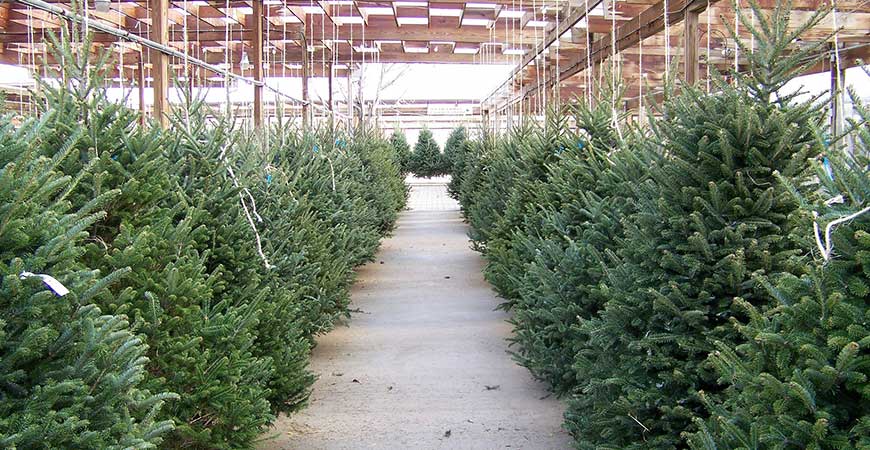
Fir trees belong to the fir genus (Abies). Firs are a popular choice for the holiday season.
Balsam Fir (Abies Balsamea)
Balsam fir branches are used for making Christmas wreaths and holiday table decor. This fir variety is usually sold in small to medium heights. Balsam fir trees can grow up to 66 feet tall in their natural habitat.
Shape – Conical with dense foliage
Scent – Highly fragrant with the traditional “Christmas tree” scent
Foliage color – flat, dark green needles with silvery-white color highlights
Fraser Fir (Abies Fraseri)
The Fraser fir is popular for its sturdy branches, ideal for hanging ornaments. Fraser fir branches are frequently used for making holiday garlands. Fraser fir trees typically grow to 50 feet in their natural habitat.
Shape – Conical – with branches that angle slightly upward
Scent – Highly fragranced with a pleasant evergreen scent
Foliage – Bright forest green needles
Noble Fir (Abies Procera)
Noble firs are native to the Pacific Northwest. Dense, strong branches make this species a good option for supporting heavy Christmas decorations. Noble fir trees typically grow to a whopping 230 feet tall in their natural habitat.
Shape – Tall, conical profile with upward curving branches
Scent – Strong evergreen scent
Foliage – Dark grayish-green needles that curve slightly upward
Pine Trees
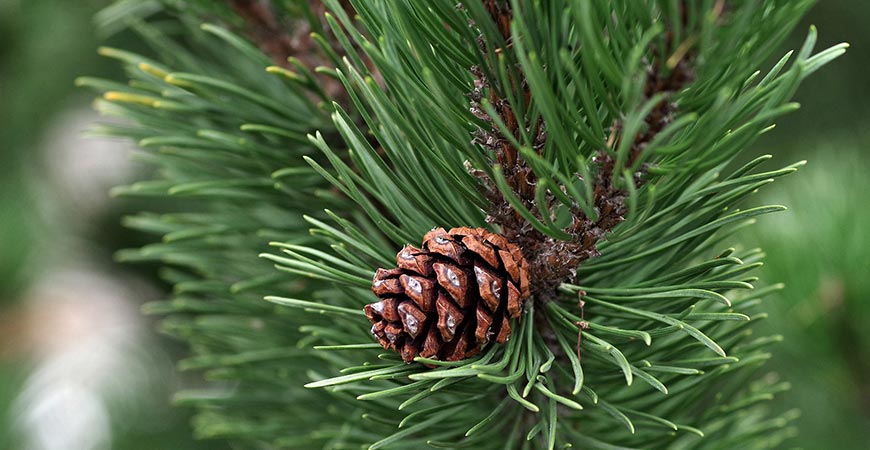
Pine trees belong to the fir genus (Pinus) and are evergreen conifers. They increase by producing little seed-filled cones. Look closely – you may find a small cone or two hiding in your tree!
Scotch Pine (Pinus Sylvestris L.)
Sometimes called a Scots pine, this species is popular for its minimal needle drop, which means less cleaning after the holiday. It is also known as the national tree of Scotland. These trees typically grow to 115 feet tall in their natural habitat.
Shape – Conical with sturdy branches.
Scent – Medium to light fragrance
Foliage – Needles range in color from blue-green to dark green and grow in sets of two.
Virginia Pine (Pinus Virginiana)
Native to the Eastern U.S., the Cherokee people used these trees for medicinal purposes. Virginia Pines typically grow to 70 feet tall in their natural habitat.
Shape – A conical, slightly bushy appearance. Short branches with dense foliage.
Scent – Medium to light ‘green’ scent
Foliage – Short, yellow-green needles that grow in a twisting pattern
White Pine (Pinus Strobus)
In the 1700s, large logs of white pine were carved into ship masts. This tree is the tallest pine in the U.S., growing up to 230 feet in its natural habitat.
Shape – Conical with flexible branches. Not the best choice if you wish to hang heavy ornaments.
Scent – Low to no fragrance
Foliage – light bluish-green needles with pointed tips. Needles grow in bundles.
Spruce Trees
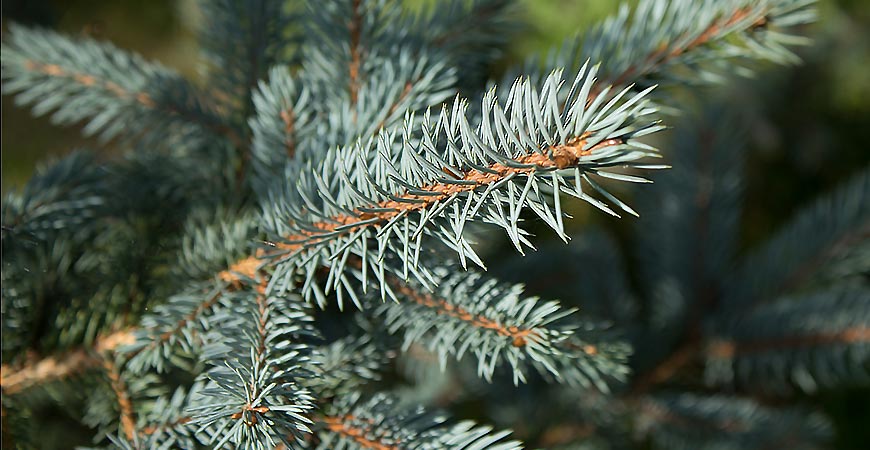
Norway Spruce (Picea Abies)
The Norway Spruce is native to Central, Eastern, and Northern Europe. This evergreen drops needles readily, so adding water to the tree stand daily is important. The Norway Spruce will grow up to 180 feet in their natural habitat.
Shape – Conical
Scent – Medium Fragrance
Foliage – Dark green with tips. The branch tips bend slightly downwards
White Spruce (Picea Glauca)
The White Spruce is sometimes called Canadian Spruce or Black Hills spruce. This evergreen is native to Canada, Alaska, and the northern U.S. states. The White Spruce will grow up to 130 feet in their natural habitat.
Shape – Conical with a lush appearance
Scent – Medium fragrance
Foliage – Blue-green needles that are short and sturdy
Blue Spruce (Picea Pungens)
Sometimes called Colorado Blue spruce is native to the Rocky Mountains of the U.S.
The Blue Spruce grows up to 75 feet in their natural habitat.
The shape is Conical and considered to have the “perfect Christmas tree shape.”
Scent – Strong fragrance
Foliage – Silver-blue with sturdy branches that curve upward. Perfect for holiday decorating.
Choosing an Artificial Tree
If you have an allergic family member or you no longer have the time to keep up with watering a fresh-cut tree, an artificial Christmas tree may be the best choice.
What types of artificial Christmas trees are available?
Quality artificial trees resemble evergreens found in nature, so you will see a wide variety of shapes, colors, and sizes when you shop. If you are looking for a tree you remember from childhood, some online seller offers artificial Christmas tree styles based on U.S. geographies.
How do I decide what size of the artificial tree to buy?
Before shopping, measure the space where you plan to set up the tree. Will it go in the corner of the family room? Is it a second tree for a guest room?
It’s difficult to determine the height and width of artificial Christmas trees when you see them in the store or view them online. Also, keep in mind the artificial tree’s diameter when filling the space –
- “FULL” – this is the standard artificial Christmas tree shape
- “NARROW” and “SLIM” artificial Christmas trees are designed to fit in tighter spaces
Did you know? If you want the tallest artificial Christmas tree for your home, purchase an artificial tree that is at least six inches lower than your ceiling height. This will still leave enough room for a star or tree topper.

